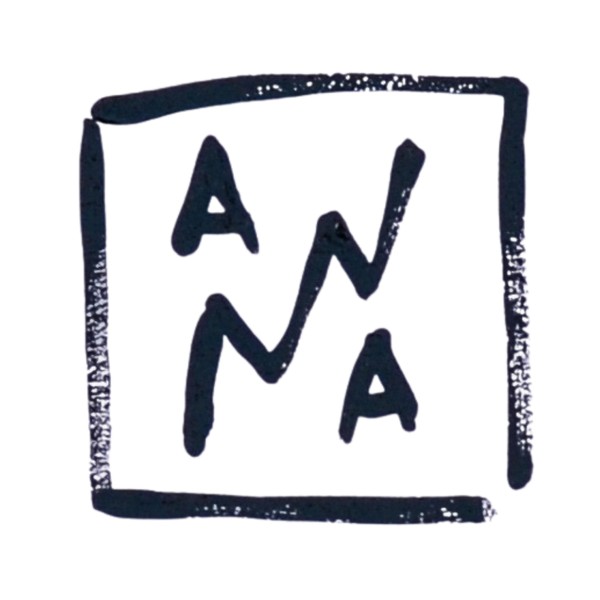It's time to ring in the new year, and there is no better way to celebrate than with a glass of bubbles!

Now, I'm not your usual "sparkling wine drinker". In fact, the caged-cork section is very much a foreign territory for me. This blog post was a bit difficult to write as I found sparkling wine to be rather technical... turns out it not only has one fermentation process, but it has TWO. There are at least six different methods of how it’s made... and did you know that Champagne is sparkling wine, but not all sparkling wine is Champagne? Let me break it all down for you...
True Champagne Comes From France!

If you only remember one thing from this blog post, let it be this: true Champagne ONLY comes from the Champagne region of France. It’s against the law to label “Champagne” on anything that was not from/made within that 100 mile radius. SO, all other sparkling wine should be called.... well, sparkling wine. Or bubbles!
Reasons why the wine region of Champagne, France is a BIG Deal
The region has the perfect sub-soils and vineyard conditions to formulate grapes with a higher acidity level. When making sparkling wine, winemakers need their base wine to be extremely acidic so that the flavors stay balanced throughout the very technical fermentation process.

Secondly, the Champagne region also has a very long and strict list of regulations to protect its quality. Listed below are some of the most important ones that are controlled strictly by the Appellation d’Origine Controlée (AOC).
1. Grapes must be grown and bottled within 100 miles of the Champagne region.
2. Only the following grape varietals can be used:
- Pinot Noir (most widely used)
- Pinot Meunier (widely used)
- Chardonnay (widely used)
- Pinot Blanc
- Pinot Gris
- Petit Meslier
- Arbane
3. The grapevines are pruned by using one of the four methods: (Winemakers use different pruning methods to help in limiting how much fruit is grown on the vine because when you grow fewer grapes on a vine you get better quality out of them.)
- Royat
- Chablis
- Guyot
- Vallée de la Marne
4. Secondary fermentation must occur in the bottle and have minimum periods of maturation met.
- 15 months for non-vintage Champagne
- 3 years for vintage Champagne.
How are Bubbles Formed?
Sparkling wine is the most technical style of wine to make in the world. There are many methods that winemakers use to create these tiny bubbles... as a result, you get all kinds of different carbonation levels and styles of bubbly. To explain it simply, bubbles are formed when a second fermentation process occurs. Winemakers force this second fermentation by adding yeast and sugar to batches of already fermented wine. It’s closed off from all oxygen and stored until CO2 /carbonation formulates. (Or, as long as the winemaker desires!)
Other Popular Types of Sparkling Wine:
Champagne isn't the only place making bubbly - other countries are making it too. Here are a few of the most popular types made famous by the countries they originated from.
Prosecco: Prosecco originates from the Valdobbiadene region in Veneto, Italy. It’s made from the Prosecco grape varietal (also called Glera). Prosecco’s taste is more fruity and flowery. They are usually produced in a dry or brut style (so they are a little sweeter!)
Cava: A Spanish sparkling wine made from Macabeo, Xarello, and Parellada grapes. It received its name from the caves in which the wine was aged - in Catalonia (northeastern Spain). Cava tastes similar to Champagne as it has lots of zesty citrus and mineral notes.
Sekt: This the German word for sparkling wine and their signature style is made with Riesling grapes. Sekt is usually very light and aromatic. Typical tasting notes are concentrated apple and pear as well as biscuit and brioche.

